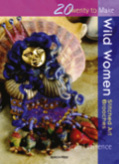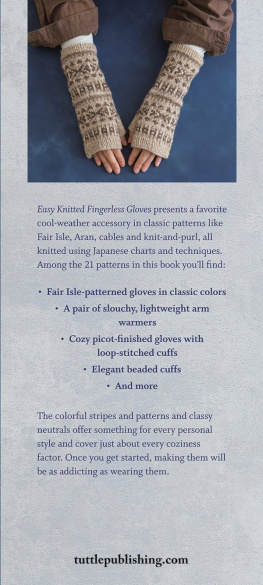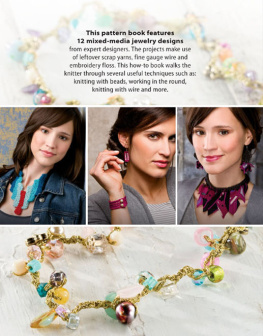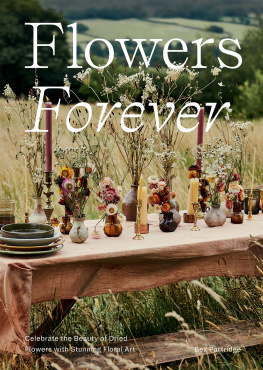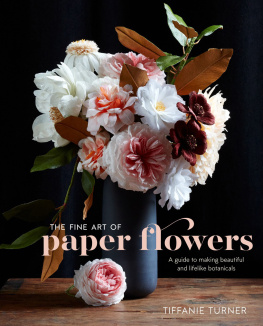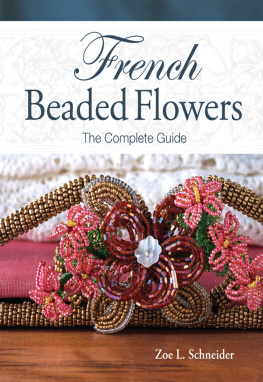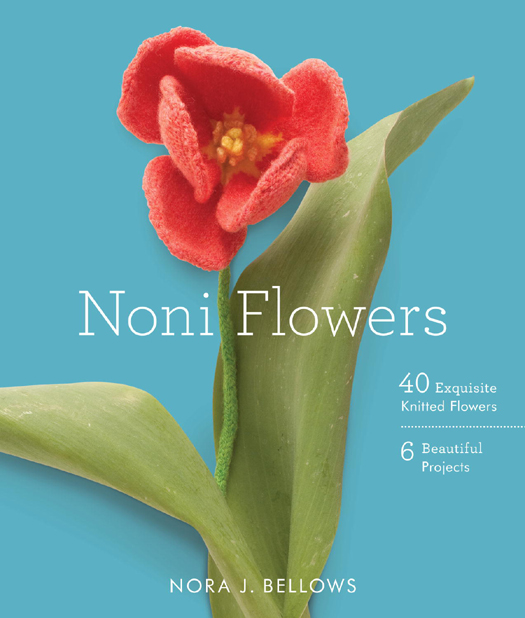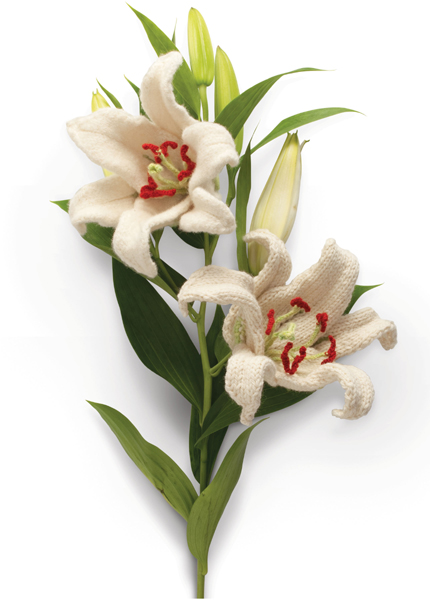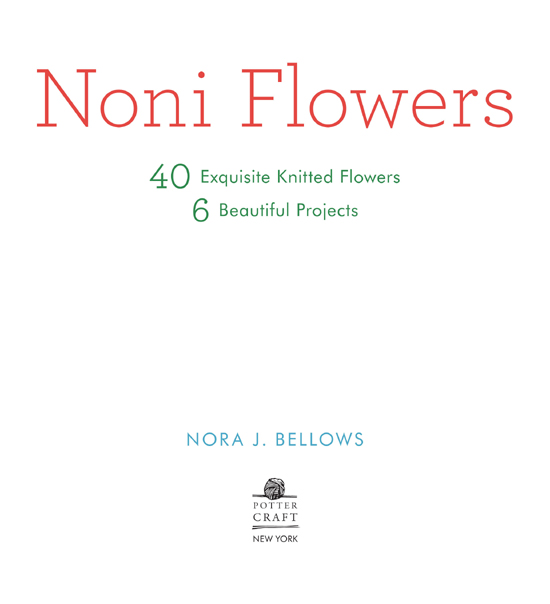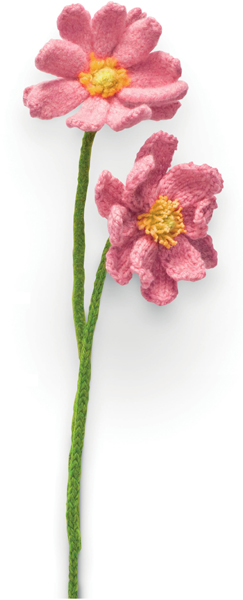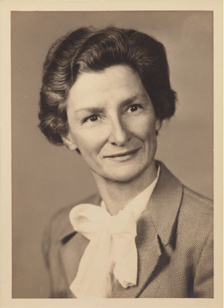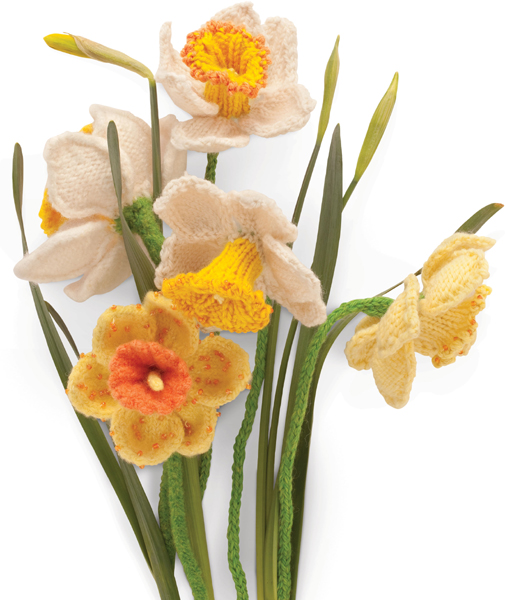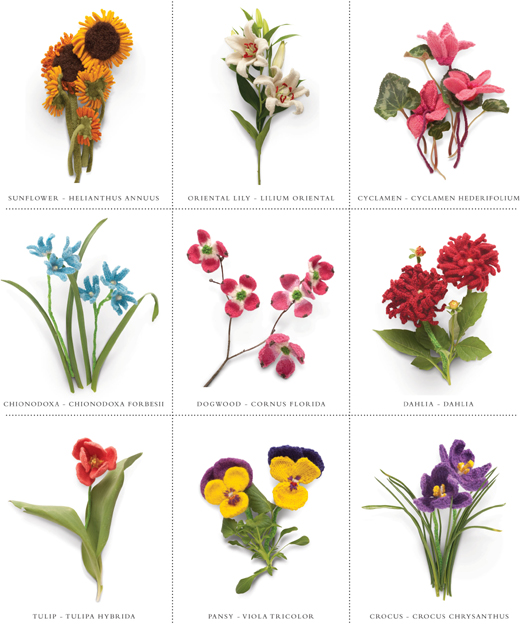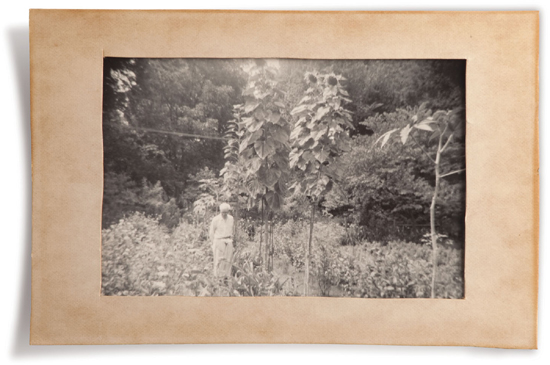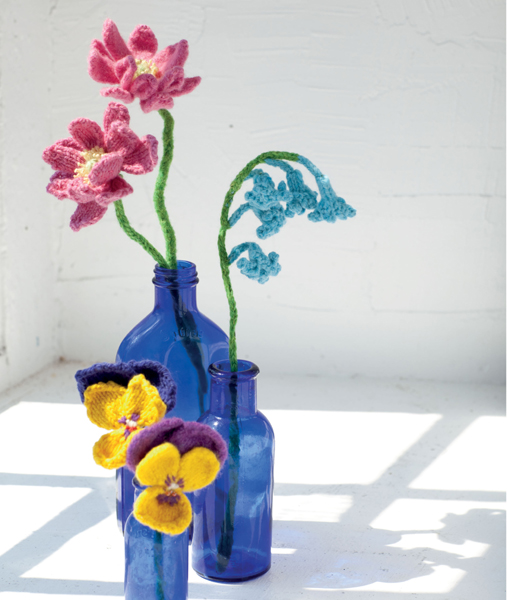Copyright 2012 by Nora J. Bellows
All rights reserved.
Published in the United States by Potter Craft, an imprint of the Crown Publishing Group, a division of Random House, Inc., New York.
www.crownpublishing.com
www.pottercraft.com
POTTER CRAFT and colophon is a registered trademark of Random House, Inc.
Library of Congress Cataloging-in-Publication Data
Bellows, Nora J.
Noni flowers : 40 exquisite knitted flowers / Nora J. Bellows. 1st ed.
p. cm.
Includes index.
eISBN: 978-0-307-58730-5
1. KnittingPatterns. 2. Artificial flowers. I. Title.
TT825.B385 2012
746.432dc23
2011019991
Cover and interior design by Jenny Kraemer
Photography by R. A. Sullivan
Photographs by Kellie Nuss:
Technical editing by Charlotte J. Quiggle
The author and publisher would like to thank the Craft Yarn Council of America for providing the yarn weight standards and accompanying icons used in this book. For more information, please visit www.YarnStandards.com.
v3.1_r1
FOR MY GRANDMOTHER,
EMILY HAMMOND BELLOWS,
19032003,
THE GARDENER WHO WENT BEFORE ME.
AND FOR MY SON,
SAMUEL SOMA HAMMOND AKKERMAN,
THE GARDENER WHO FOLLOWS ME.
If you take a flower in your hand and really look at it, its your world for the moment.
Georgia OKeeffe, One Hundred Flowers
Contents
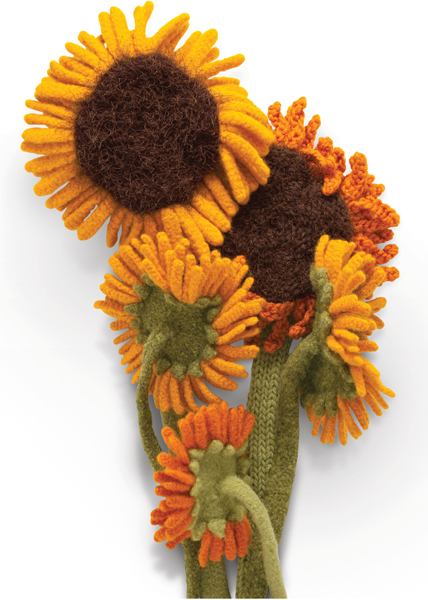
Preface
This book is an homage to, and an exploration of, what I find in the woods I walk through and in the garden where I work in the morning. If I were a nineteenth-century woman, perhaps I would use a small pocket sketchbook and a pencil or watercolors to capture the flowers that inspire me. But my medium is silk, merino, mohair, lace-, and worsted-weight yarn. My instruments are knitting needles. With these tools, Ive tried to re-create a little of the botanical beauty I see every day and share it with you.
I come from a long line of passionate gardeners. Family stories and photographs make me want to revisit their landscapes and to plant the things they planted. There are several cherished pictures of my great-grandfather, Alfred Hammondor Old Man, as he was affectionately calledwith plants that seem to have grown beyond their normal limits under his care. A fading but finely grained photograph of Old Man shows him next to his sun-towers, as one friend named the 18-foot-tall sunflowers he grew.
Old Mans brother, Henry, grew what became not a camellia garden, but a camellia forest. After a well-known horticulturalist told Uncle Henry the soil on his estate was not fit for camellias, declaring that he would never grow a single one, Uncle Henry proceeded to order truckloads of humus, peat moss, and other soil amendments. He had, at the time of his death, over two thousand camellias on his property, including some of the rarest in the world. They grew under a canopy of pines and were as big as trees themselves.
Emily Hammond Bellows, my grandmother, was similarly inclined toward a wild, wooded garden. She kept a journal of the flowers that bloomed each year around her house and in what numbers. She plotted the blossoms of hellebore and blackberry lily. She counted the blooms on her pink amaryllis, tallying the totals sometimes in pencil, sometimes in pen. While growing up, I didnt understand my grandmothers recordings, her version of the nineteenth-century womans sketches and paintings. But at that time I didnt yet look forward to the tulips the way I do today. Its only now, after making and living with several gardens, that Ive begun to appreciate more fully her garden and her devotion to it. I understand now why she loved the texture of foliage as much as the splendor of flowers, the complexity of the hosta lilys leaf, the lace of the fern and its primal fiddlehead, the pungency of the boxwood at the side door.
With every flower I have designed for this book, I have thought of my grandmother. Oh, how she would have loved these knitted blossoms.
Introduction
The task of the nineteenth-century gentle farmer-scientist was to explore the details of our world. Flowers were dissected, labeled, their jewel-like structures marveled at. These days, we take the microscope and all the detail it reveals somewhat for granted, and yet, a study of details is something of a rare thing. We look at flowers from a distance. We enjoy a profusion, we like great numbers of them in vases, we settle for a distant celebration of their beauty.
Here I bring forty select flowers close through the process of knitting them. Ive sought to interpret a truth about each flower by using the architecture of actual flowers to suggest how the knitted versions must be formed. For example, a close inspection of the Oriental lily reveals a delicate, pale green spine that begins at the base of the petal, causing it to appear almost folded. It is this spine that is responsible for the petals dimension. A field of pale green purl stitches, made distinct from the startling white of the rest of the petals luminous cellulose through the technique of intarsia, mimics this aspect of the flower as well as possible using the seemingly strange medium of yarn.
I first started designing knitted flowers years ago to embellish the felted bags I created for Noni, my design company. I added a line of knitting patterns for my felted bags, flowers, and accessories in 2005, and Noni became known for modern bags and the flowers that embellished them. But this book has allowed me to take the knitted flower to a higher level of detail and realism than a single sheet pattern could possibly allow.
The flowers you find in these pages offer an abundance of choice. Their complex shapes can be realized not only with a set of standard knitting techniques, but with any sort of yarn you desire. Each flower can be a delicate embellishment or a true-to-size replica of its botanical counterpart simply by changing fiber type, yarn weight, and needle size. Every flower can be felted or left in its original knitted state. In many cases, I have photographed both the felted and unfelted versions side by side: The unfelted ones show every delicate stitch while the felted versions often appear more lifelike. And the projects Ive included are simply the beginning of the many ways you can use these flower creations to decorate the spaces and objects around you.




